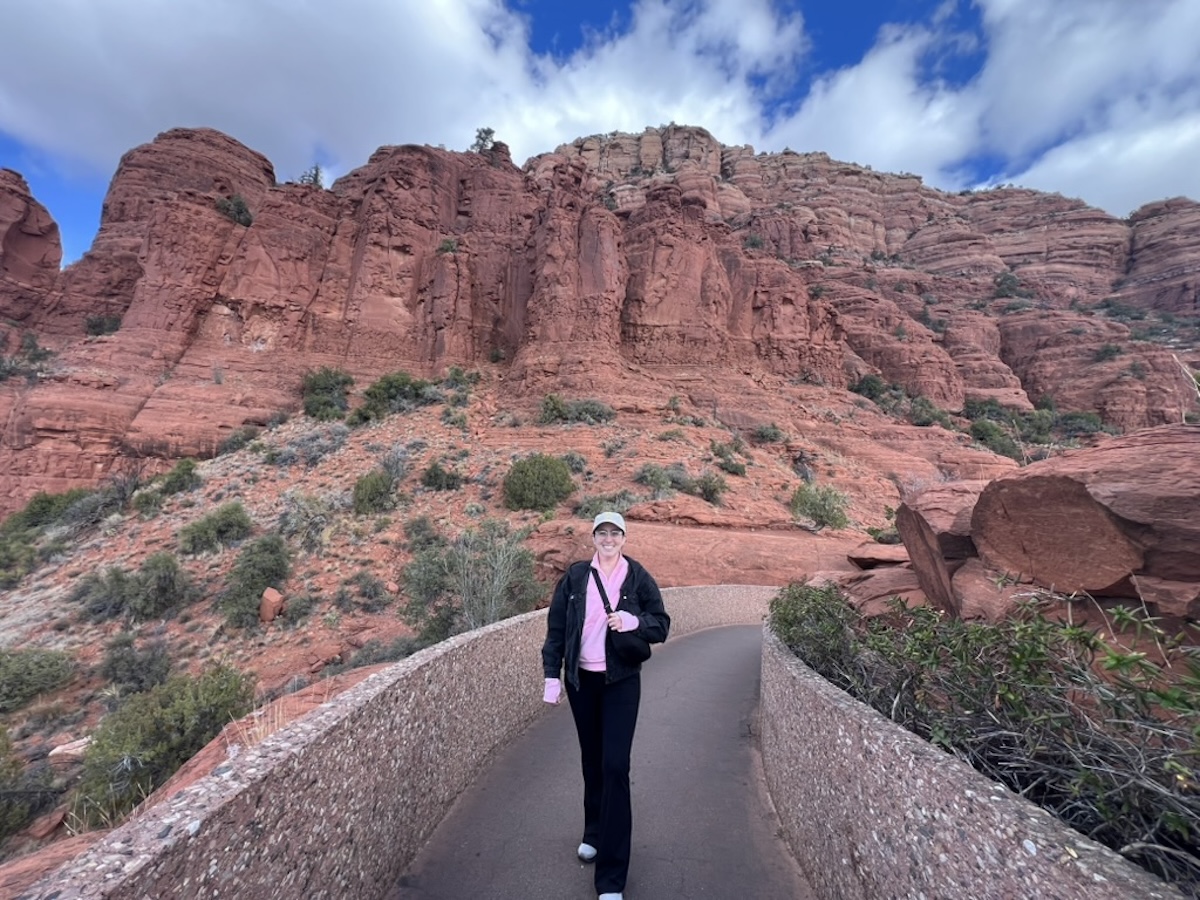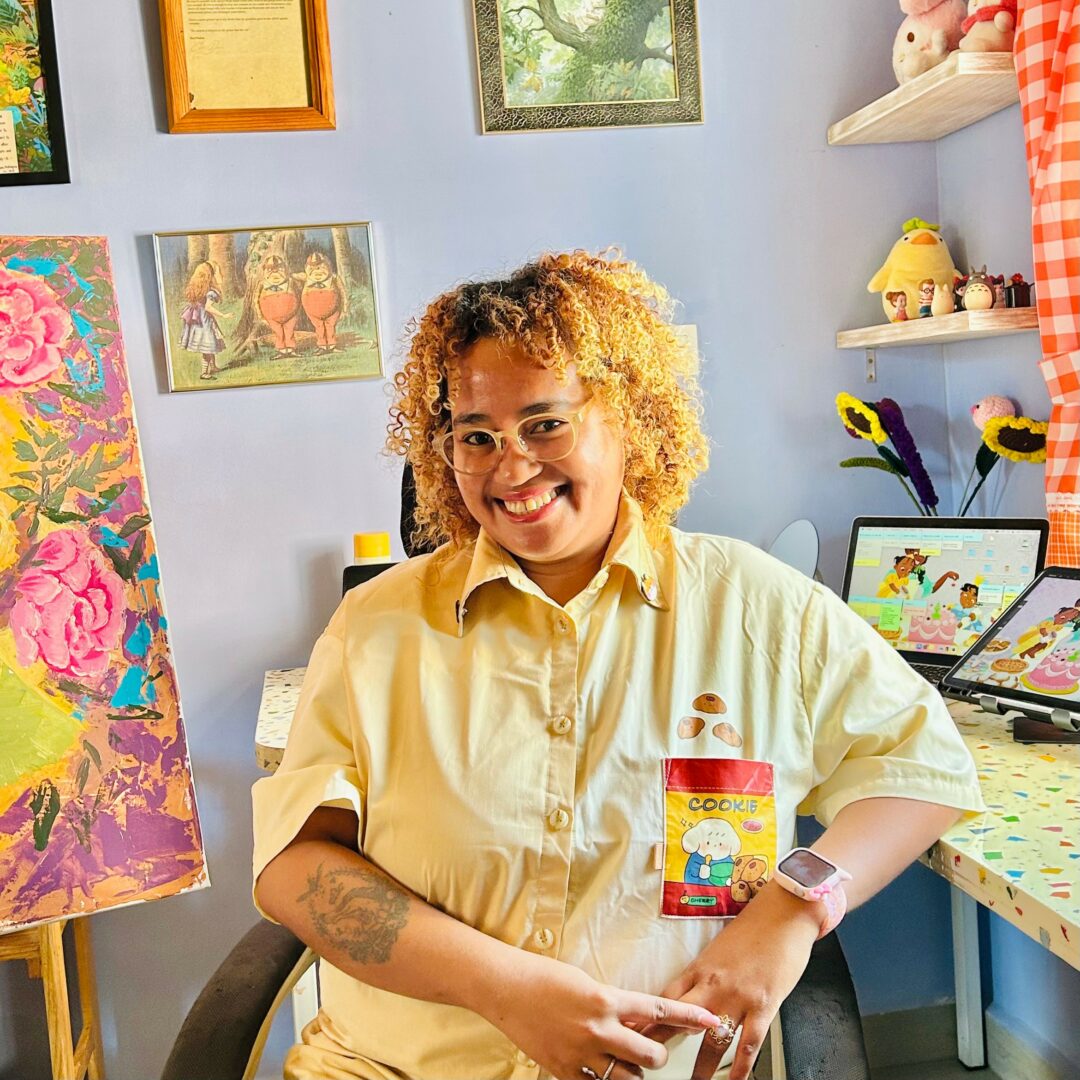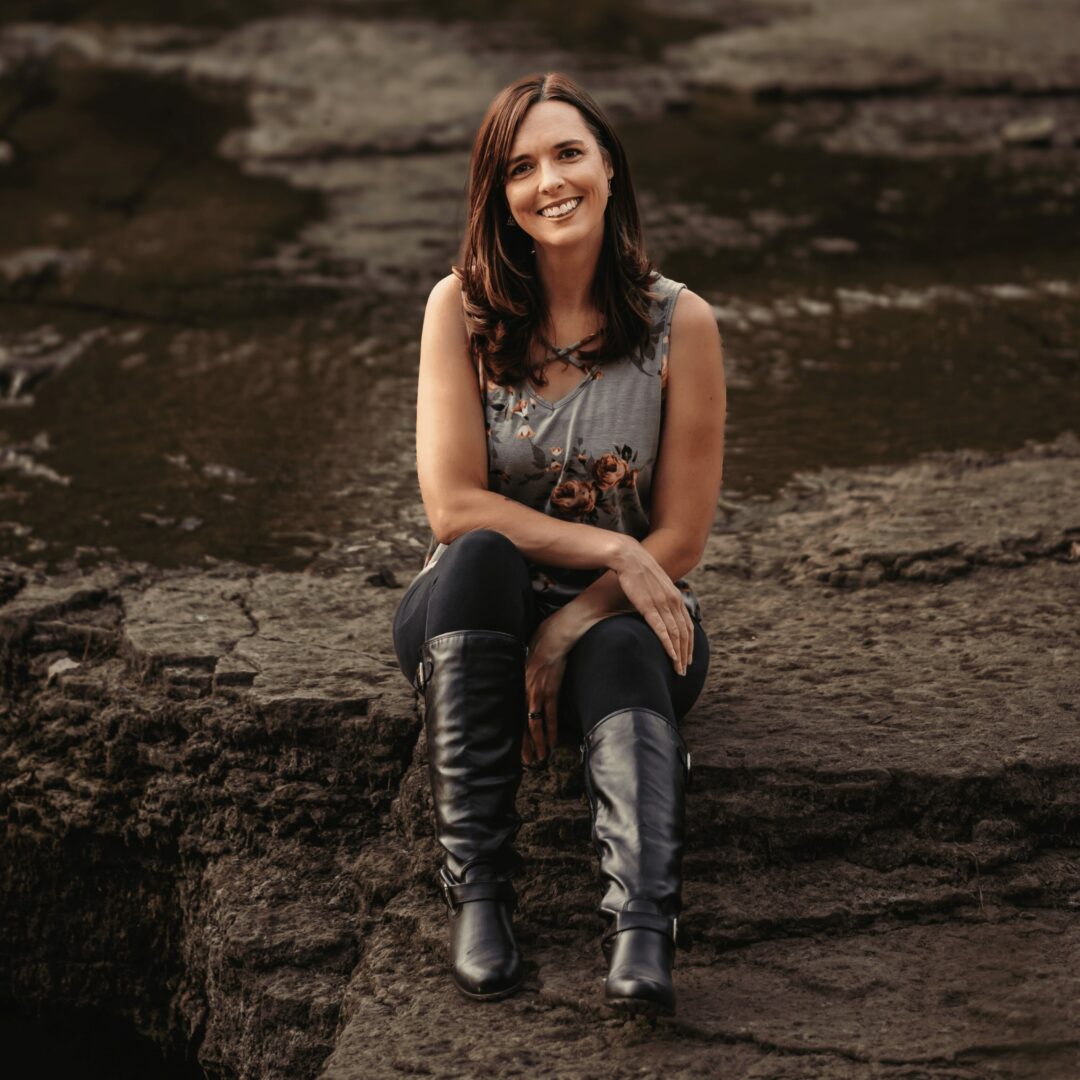We were lucky to catch up with Hema Bharadwaj recently and have shared our conversation below.
Hema, so good to have you with us today. We’ve always been impressed with folks who have a very clear sense of purpose and so maybe we can jump right in and talk about how you found your purpose?
I once enjoyed a strong, consistent practice in the arts, but when my children arrived, everything shifted. I retreated underground, away from the art world, and embarked on a journey of self-discovery, creating a labyrinth of tunnels focused on holistic practices, mindful parenting, community building, and education. Over time, I emerged raw, jagged, contorted, liquefied, transparent—ensconced in a primordial soup of unexpressed imagery. I knew it was time to shift gears.
Images and words came in bursts as I danced between the raindrops of family responsibilities. The years of underground work had woven a rich tapestry of experiences. My purpose morphed into showing up for my muse, making sure that my life fit around my art, allowing myself to pour out and immerse in processes—capturing the vibrations of life and pinning them down in paint and clay. I have found my purpose again and again by tuning into my core and listening to that inner voice we often need to acknowledge.

Let’s take a small detour – maybe you can share a bit about yourself before we dive back into some of the other questions we had for you?
The pandemic pushed my studio to the kitchen island, where I became the nerve center for homeschooled teens who needed a place to lay their troubles and catch fresh winds in their sails. With this limited workspace, I quickly gravitated toward watercolors. I had always loved this medium but had never fully explored it for self-expression. After taking a few ceramics classes at the Arts Council of Princeton (ACP) in Princeton, NJ, I found myself creating small sculptures as well. Both watercolors and clay are malleable, capricious, and expressive mediums that have been my constants ever since.
My ceramics instructor inspired me to consider teaching watercolors. I now teach 10-week watercolor courses three times a year at the ACP and from my beautiful Home Studio. As an expressive painter, I teach a variety of techniques while helping adult students develop and hold onto their own unique painting handwriting. It’s a satisfying, inspiring “day job” that supports my art studio business.
My studio work emerges from steady practices influenced by my study of Eastern philosophies, especially non-duality. Molding energies, crafting spaces, and bringing form to the formless, I paint directly and with abandon. The work is deeply personal, but I believe it can resonate with those who seek to feel the formless. A writer recently described my paintings as “domestic and cosmic” in an article, and I think this encapsulates my approach perfectly. I paint with a focus on the cosmic within the domestic.
I have returned to galleries and art spaces after a long hiatus and love sharing my work with the world. You can learn about and buy my paintings via several platforms or reach out to me directly. With a major solo show coming up in 2026, please look for videos on process and other announcements on my Instagram space.

If you had to pick three qualities that are most important to develop, which three would you say matter most?
These three are my most consistent paths:
1. Show Up. Show up to the studio of course, but our inner world too. As the inside, so the outside. Spending time nurturing our inner world often appears dull and unproductive by conventional definitions of success. However, it is the most rewarding. Reading The Tao of Pooh, engaging in long, meandering conversations with a fellow non-dualist practitioner, moving my body to the rhythm of rain, delving into color processes, and taking time to observe deeply (which can look like lazing around) are some of the interior activities that, over time, decompose into fragrant, fertile soil—whence the rich imagery emanates. Showing up to this interior work is just as important as showing up to the studio.
2. Follow your nose. Even if it nudges you to the compost pile. I have a whole series of paintings that came about because I fell in love with composting during the pandemic. My work has shifted tracks simply because I trusted that a garden was the answer. Instincts are the language of the muse.
3. Accept everything. The good, bad and the ugly are all for our benefit. Accept that what is, is. Suspend yourself in not-knowing, in allowing and in a state of flow often. For this I must accept everything, even the rejections. What seems like a failure is not. What seems like a success is also not. It just is what it is. Keep doing the work that inspires you, and let the outcomes continue to be the waves on the surface. We are deeper than that.

Thanks so much for sharing all these insights with us today. Before we go, is there a book that’s played in important role in your development?
Wild Mind: Living the Writer’s Life by Natalie Goldberg.
Grateful to my writing instructor from my MFA days at School of Visual Arts, NYC for making this book required reading. It has had a profound influence on me. I carry it like a talisman with me when I travel or when I feel like I’ve lost touch with my muse. Replace the word writer with artist and this book works on all levels for painters, sculptors, photographers.
Goldberg guides us to our innate beginner’s mind that we all seek to invoke when entering our studios. Her inspired writing comes straight from a higher ether. With incisive dictates and humor, she shares her lifelong Zen practices and their influence on her writing, a sense of presence, how to balance daily responsibilities and showing up to our studio practices.
I feel infinitely better when I read “Life is not orderly. No matter how we try to make life so, right in the middle of it we die, lose a leg, fall in love, drop a jar of applesauce.” I can then go back to core practices, show up to my work, trust that what comes thru in my painting is meant to be. I don’t judge it. I accept it. After all, I might die tomorrow.
Wild Mind has changed the way to enter my work. “Writing (painting) is the crack through which you can crawl into a bigger world, into your wild mind.”
Contact Info:
- Website: https://www.hemabharadwaj.com/
- Instagram: https://www.instagram.com/hema_a_bharadwaj/
- Facebook: https://www.facebook.com/HemaBharadwajArt
- Linkedin: https://www.linkedin.com/in/hema-bharadwaj-414363226/
- Youtube: https://www.youtube.com/user/hbonda
- Other: https://www.artworkarchive.com/profile/hema-bharadwaj/portfolio
https://linktr.ee/hema_a_bharadwaj




Image Credits
Hema’s Photo: Melissa Kuscin, Arts Council of Princeton.
so if you or someone you know deserves recognition please let us know here.




